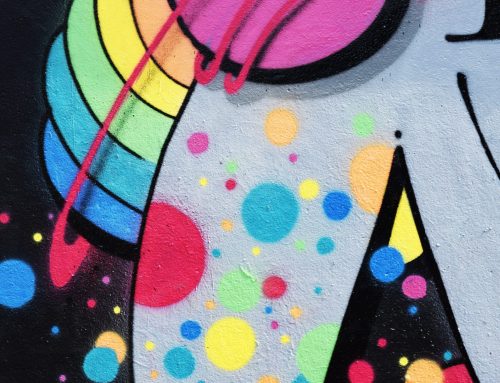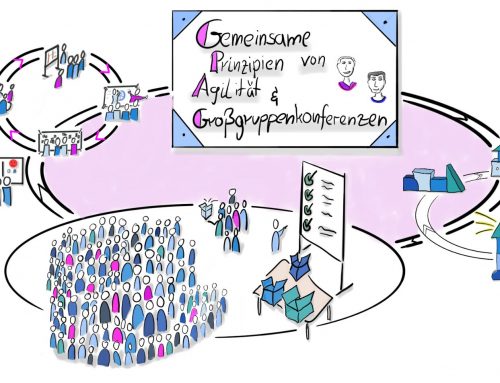Until recently, I took it for granted that everyone knows what “change” means, then, this summer I was asked: “What is change?”
So I tried this explanation…
I personal life, change starts with something that we want to be different than it is. This could be how we feel, how we think, what we say, what we do, how we react to certain situations, how we live our lives, the professions we have, the companies we work for, the things we eat. The list is endless. That means there is a starting point, where we feel uncomfortable or even unhappy, or where it is imperative to have something become different. We then have a feeling, a picture, an idea or a vision, that by having this very aspect different, it would be better. So, we want it to be different because we assume that when we have “changed” it, we will have a better life.
The same holds true for an organization. There is a point, where a company sees that there are things within it’s business that are not “healthy” anymore, such as the inflated costs, outdated processes that no longer assure product quality, faulty procedures dotted with mistakes, insufficient communication, decreased market shares or loosing customer base, etc. Another endless list. Just as an individual person does, a company assumes that by doing something different, it will become more efficient, and in the end, more profitability.
The “change” starts from the point of making the decision to do something differently, either conciously or subconciously. So “change” is a phase. It can end by achieving the future goal. Alternatively, it might go (far) past the goal, or it could go in a completely different direction. Change is the phase in which people or organizations first plan the steps to get to their future goal and then to carry them out. On the individual level, it could be as simple as having a conversation with the partner, and agreeing to do things in another way. On a cooperate level, this phase could mean developing a strategy with measures, timelines and responsibilities.






